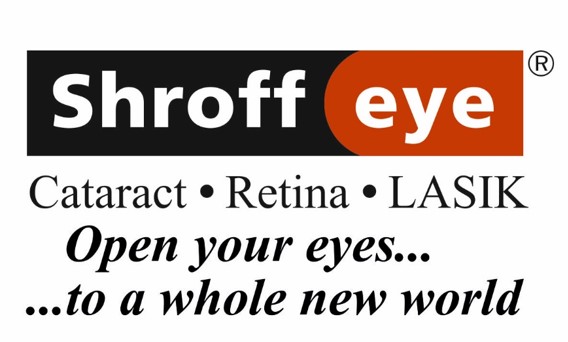Shroff Eye Hospital is India's First Eye Hospital accredited by the Joint Commission International (USA) since 2006. Shroff Eye is also India's first and only Wavelight Concerto 500 Hz LASIK center. Shroff Eye has stood for excellence in eye care since 1919. A firm commitment to quality is at the heart of all services provided at our centers at Bandra(W) and Marine Drive, Mumbai.
Recent advances in the cataract procedure have made it a day-care, painless procedure. Equally fast have been the developments in the intraocular lenses [IOLs] implanted in the eye after cataract removal.
The latest of these in intraocular lens technology is the photochromic lens. All currently available IOLs filter ultraviolet (UV) light, which is harmful to the retina in the eye. The new Matrix Photochromic IOL filters both UV light and high-energy blue light.
Clinical studies have shown that high-energy blue light causes oxidative damage to the retina and may be a risk factor for developing macular degeneration, where the center of the retina, called the macula, degenerates with age. Since the macula is responsible for central, sharp vision, this leads to blurring and progressive loss of vision with age.
The Matrix lens incorporates a patented chromophore that blocks much of harmful blue light and UV light in much the same way as our natural lens does prior to developing cataracts. It makes the Matrix IOL unique is its ability to filter blue light. The Matrix Natural IOL enhances the benefits of by providing a replacement lens that protects the retina more like your natural lens.
The FDA clinical studies showed no adverse side effects on color vision or quality of vision. The Matrix IOL is a foldable lens of the highest quality that inserts through a micro-incision.
Age-Related Macular Degeneration (AMD) is a degeneration of the macula, the eye’s most light-sensitive region of the retina. The disease impacts central vision and may limit ability to read, drive and perform other activities that require fine, sharp vision. A growing body of research suggests blue light may be one of the risk factors in causing the progression of AMD. AMD is one of the leading causes of blindness in the developed world. Some studies have shown that this filtration may contribute to better eye health.
This unique intraocular lens (or IOL) is transparent yellow – which is the color necessary to filter blue light. Coincidentally, this yellow hue is actually more similar to the color of the normal human crystalline lens without cataracts. Your body automatically tries to provide protection from high-energy blue light by adding this tint to your natural lens. When you have cataract surgery to remove a clouded lens, remember that the entire lens is removed – including your body’s natural attempt to defend against harmful light rays.
The yellow hue of the Matrix lens does not alter the natural colors of the things you see or the quality of your vision.
Blue light begins the visible range of the light spectrum. While some blue light waves contribute to color perception, other blue light wavelengths closer to the ultraviolet wavelength of blue light may actually be harmful to your eye.
There are many sources of blue light in your everyday environment including sunlight and artificial lighting. The Matrix lens turns yellow [the photochromic yellow tint blocks blue light] only when it detects ultraviolet light in the light entering the eye. So if no harmful light is detected, the intraocular lens remains transparent.
When your cataract has been removed it may seem like a miracle. All the things you couldn’t see clearly are bright, clear, and vivid again. In fact, many people will tell you they haven’t seen life so clearly in years.
Once you see how good the world looks, you’ll discover — like millions of others just like you — that a cataract is one thing you can live without.
Conclusion
The use of blue-light filtering IOLs is more advisable because they are capable of protecting the retina against ultraviolet light without disturbance of contrast sensitivity and chromatic vision, which produces subjective impairment in visual function.






